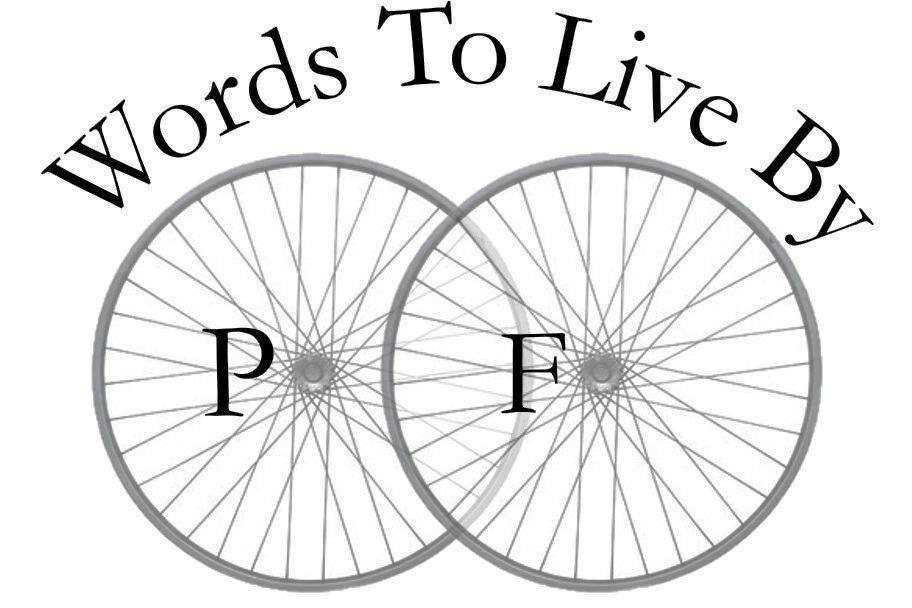Monumental
These things are in my head.
Concrete monuments. Three-foot high, three sided markers incised with four letters: S and J and P and C, initials standing for St. Joe Paper Company. Each was painted yellow, it seems, at installation, along with black for the letters. Time, weather, and aggressive flora have taken their toll, as have various outside interventions of vehicles and heavy machinery.
I am not quite obsessed, but I hold a healthy interest in these signposts to the past. They are the shadows of a great empire, a memory of a powerful oligarch and his vast holdings represented by land survey monuments for the St. Joe Paper Company. I’ve noticed and photographed them for four years while I ride my bicycle around North Florida. All 20 of the examples I’ve found are mapped above — images of each pops up with a mouse click on the number — as well as now featured in a gallery here, under the multimedia tab on the Courthouses, Cartoons, and SJPC page.
The mapping here is a disappointment to me. It doesn’t reveal a plain pattern or show a clear purpose. In fact, it makes what I have imagined as a four-year quest along a sprawling range of dogged discovery into a case of four clumps that could have been pinpointed in an afternoon.
That’s a bit misleading. If you take the scale up to get a closer look you can see even the densest cluster along Woodville Highway and centered on the library branch there still stretches over more than two miles and placed both along the roadway and the variably adjacent rails-to-trails St. Marks Trail. While this map seems compact, the portion containing all the examples encompasses roughly 700 square miles and the most-distant monuments are 52 miles apart. There are hints in the photos, but it’s also worth noting the individual monuments are often thoroughly obscured by choking vines and overwhelming, threatening greenery — only revealed under specific conditions of light and plant dormancy.
It is the outliers, though, that keep me intrigued. Even though I ride my bicycle fairly widely, it is along mostly established routes. By no means do I comprehensively traverse all the paved byways of the four counties represented here. So I think if I change up my routes, pedal along new streets, highways, and roads I would increase my chances of finding more examples such as 18 (in Wacissa), 10 (outside the gates of the St. Marks National Wildlife Refuge), and 8 (north of Gretna). Additionally, who knows what I may have already passed by many times without noticing, as exemplified by 19 and 20 above along the St. Marks Trail and “discovered” only last weekend, or the triple (and there’s a fourth in this grouping I have yet to photograph, but I know it’s there) along Natural Bridge Road and documented in a post from March 2018.
All of that is to say this exercise in technology and documentation has not completely extinguished the wonder and hope of these monuments. Mystery still attains.
Notes on the map: The numbers represent the dates each monument was photographed, in ascending chronological order. (The date of photography does not coincide with the date of discovery. Some of these markers I saw and only took shots later — including the known specimen I’ve yet to document.) The colors of the pinpoints do not mean anything. Also, dig on this cool interactive map while you can. The online service I used to construct this thing requires a subscription and I’m only paying for it this month. With the locations’ lat-long coordinates mapped, I continue to seek out a similar free service.
At last, I’m no closer to knowing anything about these or finding a central repository — an index of land holdings and monument placement, for instance — or a single primary source who says, “I know what those things are.” But the mystery remains, and the curiosity of at least one rider is still piqued. I’ll keep riding and scanning the roadsides.


